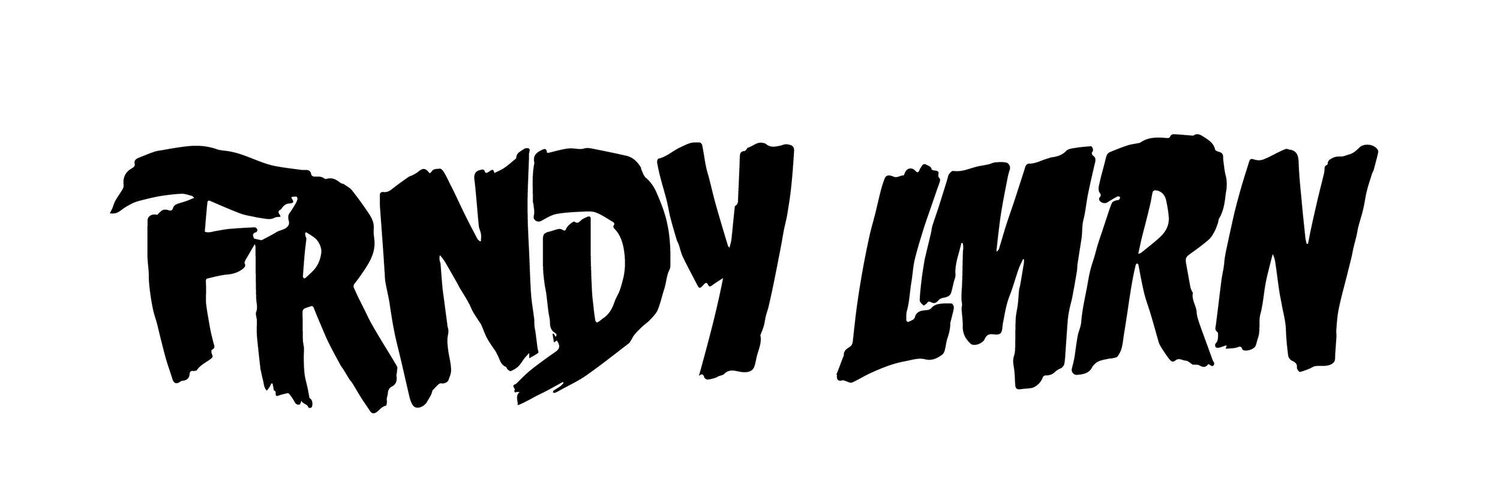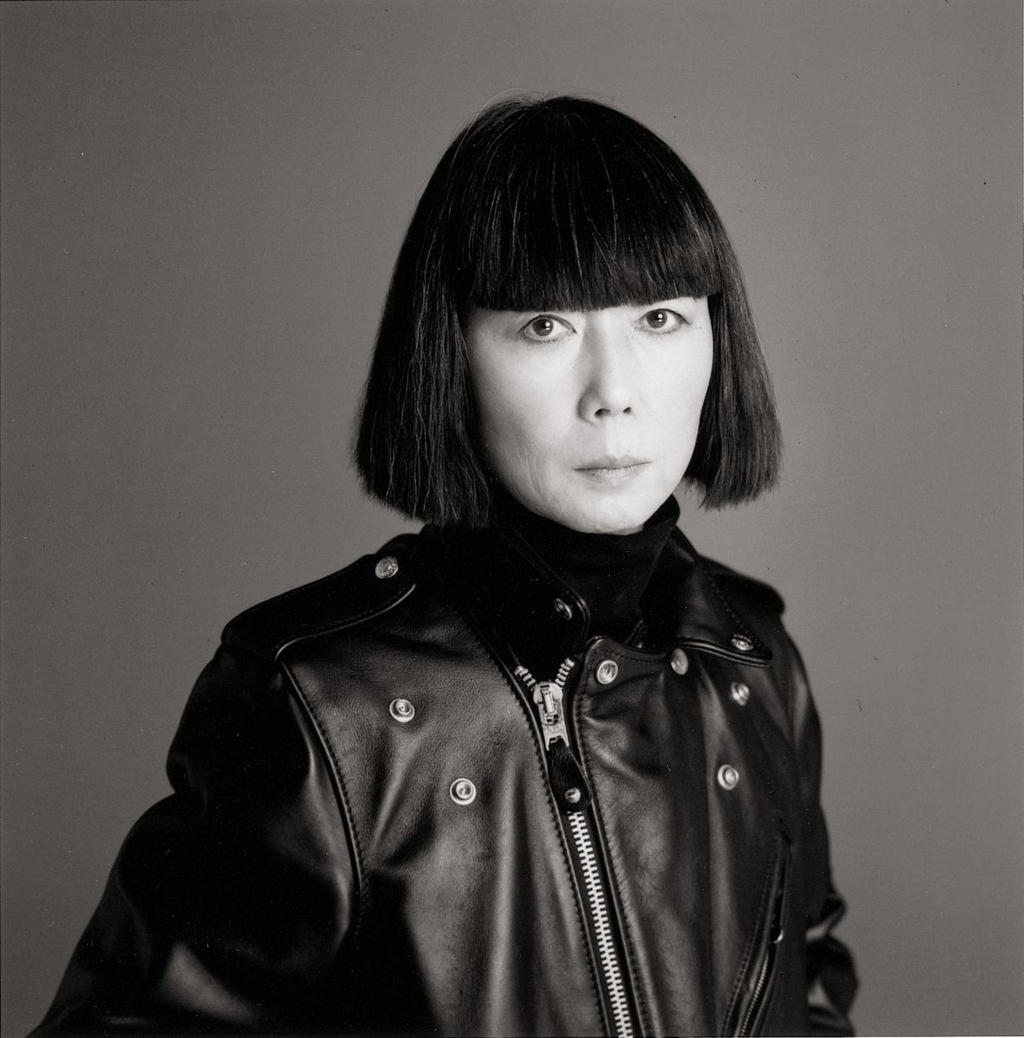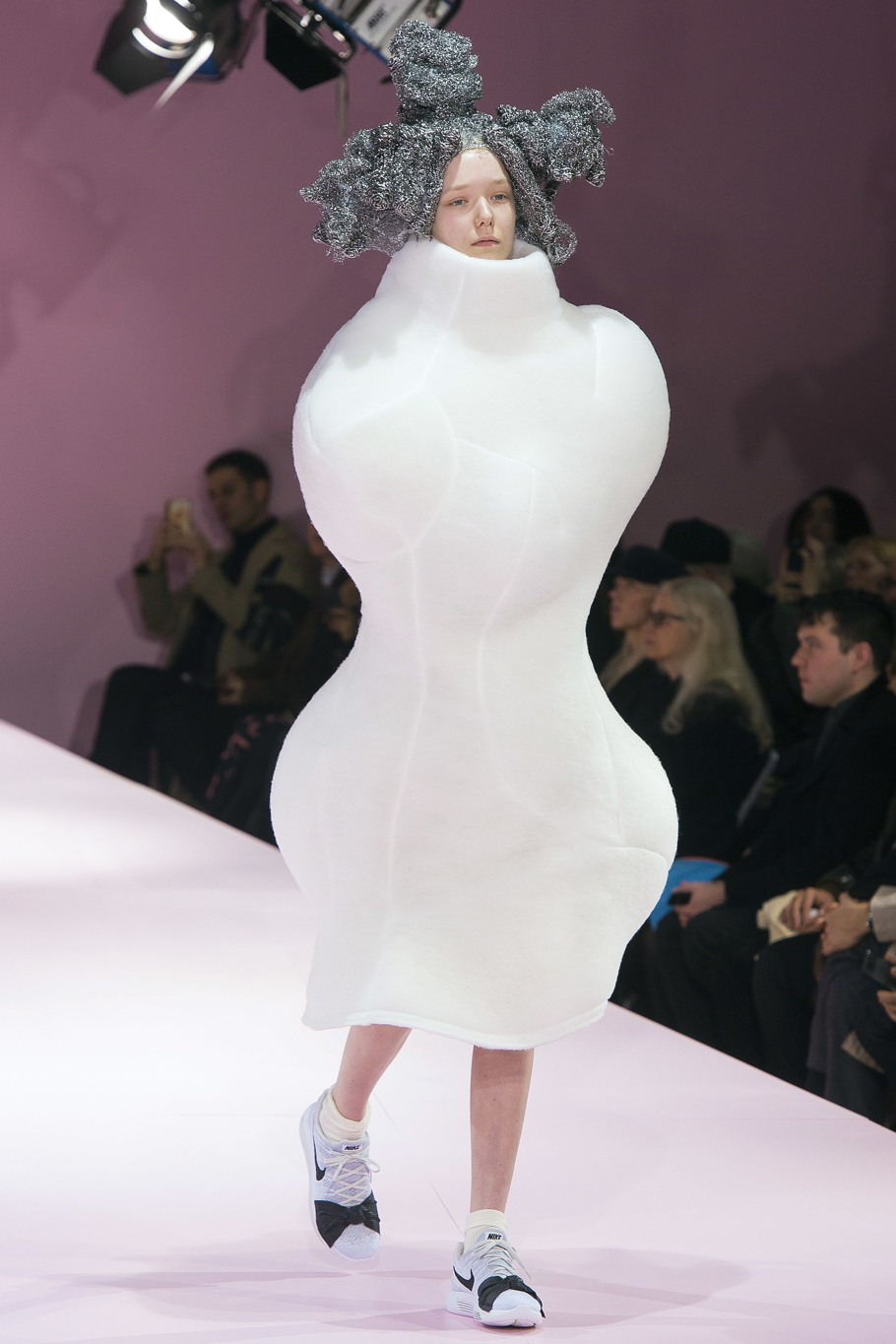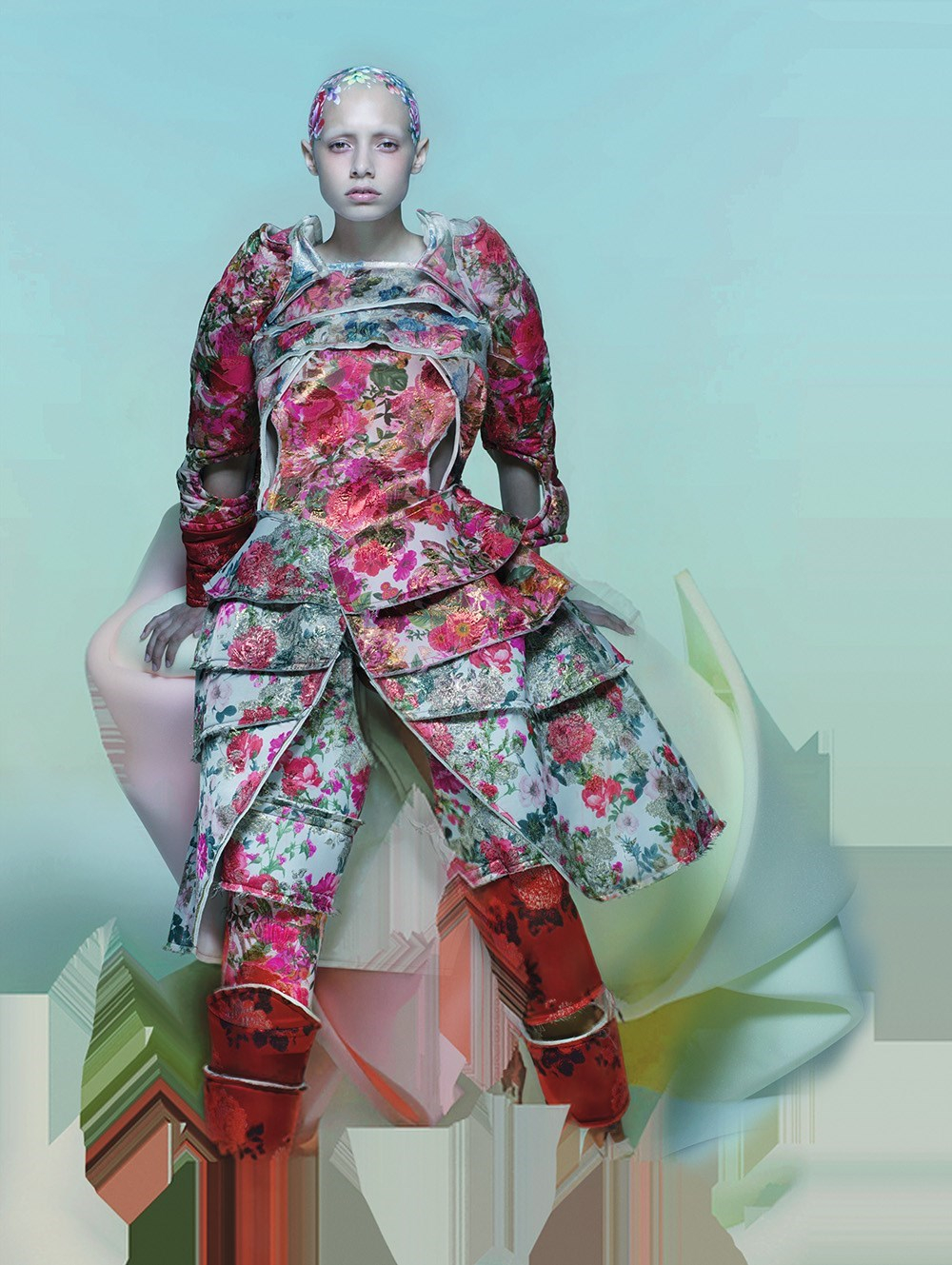The Brilliance of Rei Kawakubo
At 74 years of age, Rei Kawakubo is an untouchable powerhouse, an inarguable legend in her own time. She is, along with Azzedine Alaïa, the most respected designer in fashion with a wide-reaching circle of influence that has affected every other player in the game. Her work is singularly marked by an exploration of shapes and textile properties that were once the provenance of the greatest couturiers.
Rei's latest Comme des Garçons show, entitled “The Future of Silhouette,” was very much in keeping with her radical vision. For Fall/Winter 2017, she sent forms down the runway that recalled everything from the security of a womb to violent storm clouds ready to expel unpredictable fury, making us question the parallel along the way. Kawakubo doesn’t really make clothes so much as suggestions of what is possible when the rulebook is abandoned, and I couldn’t be more grateful for her dedicated subversion.
When the celebrated designer first showed Comme des Garçons in Paris in 1981, people quite literally didn’t know what to do with it. Kawakubo started her career as a stylist in her native Japan only crafting her own designs when she was unable to find clothes for shoots that suited her taste. That fateful beginning resulted in the launch of a line in 1969 that quickly grew in stature. The 80s were financial boon years for a certain segment of society that reveled in opulence from the start. Ballgowns, broad pinstriped power suits and Technicolor hues were the new standard after the touchable sensuality of the 70s. Paris had no idea what was about to hit it.
Her oversized, tattered, body-morphing designs were slammed and simultaneously dubbed “Hiroshima chic,” supposedly in reference to the radiation-ravaged bodies in Hiroshima and Nagasaki, by members of the fashion press oblivious to how such a flippant reference to the horrors of nuclear war would resonate with a woman who was born and raised during that time of desperation. But such dismissals were to their own detriment as she persevered and took Europe by storm, forever changing what could be considered great.
Viewing a Comme des Garçons collection is a tricky thing. You can never be sure if you’re over or under intellectualizing Rei's seasonal propositions, and I’m sure she likes it precisely that way. After the Fall 2005 “Bride” collection, Kawakubo lamented that she felt people had understood it too readily, which she found displeasing. Her collections have meaning, but I doubt she’s concerned with whether or not her audience ever discerns exactly what. She enjoys being something of an enigma.
On rare occasions Kawakubo grants interviews, she is surrounded by interpreters who allow her a certain level of remove even from those in her immediate surroundings--but, as with her garments, all is not as it seems. In the 1980s, internationally revered fashion photographer Nick Knight visited Kawakubo in Japan and recounted decades later that she spoke perfect English, a tale similar to those of other select industry veterans.
A few years ago, fashion journalist Tim Blanks conducted an interview nervously asking questions via those infamous interpreters as Rei seemed deeply unamused. For his final inquiry, he asked, “What makes you laugh?” She looked him directly in the eye and said plainly, “You.”
Written by Martin Lerma







